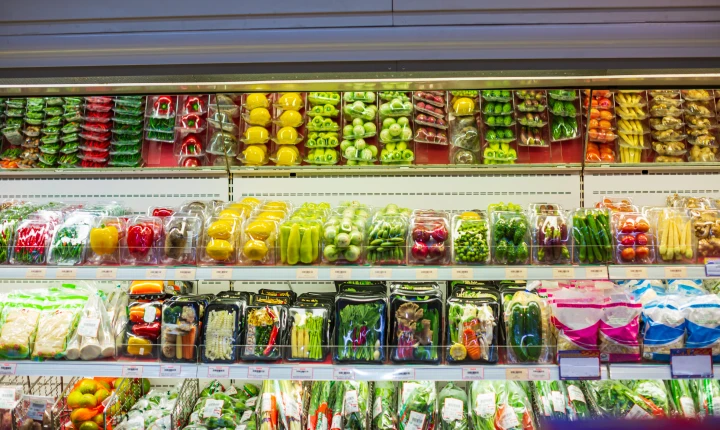Understanding Urban Food Security
Urban food security refers to the availability, accessibility, and affordability of sufficient, safe, and nutritious food for all people in urban areas. The concept is a critical concern in cities, where the majority of the world's population lives, and where food insecurity is becoming increasingly prevalent due to rising urbanization and global challenges such as climate change, population growth, and economic inequality.
The importance of food security in urban areas cannot be overstated. Urban dwellers rely heavily on the food system to meet their dietary needs, yet access to healthy and nutritious food is often limited, especially for low-income communities. The challenges associated with traditional agricultural practices exacerbate the problem, making it difficult to grow and distribute food in urban environments.
Traditional agriculture faces numerous limitations and constraints in urban areas. The limited availability of land, water, and other resources, coupled with the high cost of land, makes it challenging to cultivate crops at scale. Additionally, urban agriculture is often affected by air and water pollution, soil contamination, and pest infestations, which can have a negative impact on crop yield and quality.
Moreover, traditional farming practices often rely on long-distance transportation, refrigeration, and storage, which can result in food waste, increased carbon emissions, and decreased nutritional value. In urban areas, where space and resources are limited, these inefficiencies can lead to higher food prices, reduced availability, and lower quality.



